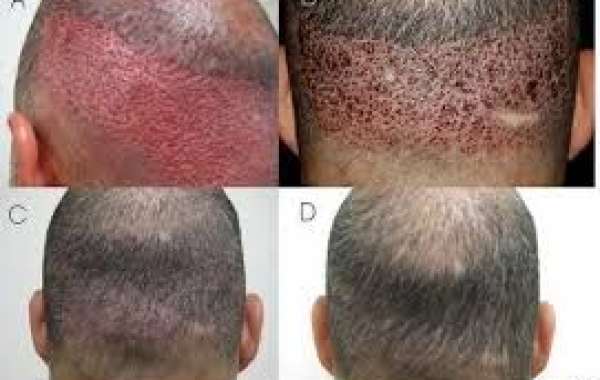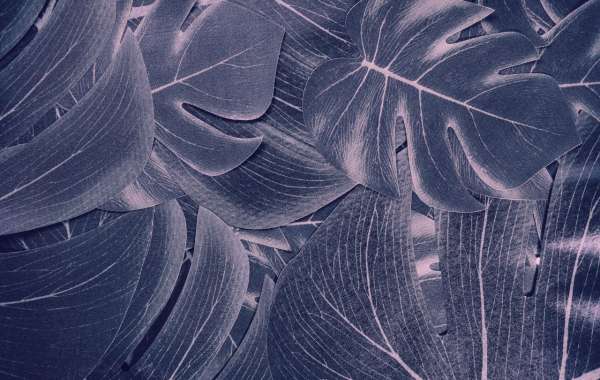Hair loss affects millions worldwide, leading many to seek practical, long-lasting solutions. The hair transplant, known as the FUT hair transplant, is one such technique. Through surgery, a strip of scalp from the donor area is removed and transplanted to balding or thinning areas in a process known as FUT. This technique offers natural-looking, permanent results, making it a popular choice among those experiencing significant hair loss. If you're considering this transformative procedure, it's crucial to understand how it works, its benefits, and what to expect during the recovery process. Let's explore the ins and outs of FUT hair transplant.
The Science Behind FUT Hair Transplant
The Biology of Hair Growth
There are three phases of hair growth: anagen (growing), catagen (transition), and telogen (resting). IFUT uses the anagen phase to guarantee that transplanted hairs continue to develop naturally,
How FUT Leverages Natural Growth Cycles
By transplanting follicular units in their natural grouping, FUT ensures that the hair grows naturally, mimicking how hair appears and grows on the scalp.
The FUT Hair Transplant Procedure
Pre-Surgery Preparations
Before the surgery, patients undergo a thorough consultation to discuss their goals and the procedure's details. Pre-surgery instructions typically include avoiding certain medications and refraining from smoking.
Step-by-Step Process
- Donor Area Preparation: Local anesthetic is applied to the donor area, and it is clipped.
- Strip Removal: A strip of the scalp is surgically removed.
- Dissection of Follicular Units: The strip is dissected into individual follicular units.
- Recipient Site Preparation: The balding areas are incised with tiny incisions.
- Graft Insertion: Follicular units are inserted into the incisions.
Post-Surgery Care
Patients receive detailed aftercare instructions, including instructions on caring for the scalp, medications to manage pain and prevent infection, and activities to avoid during recovery.
Benefits of FUT Hair Transplant
Long-Term Results
The permanence of FUT is a significant benefit. After the transplant, the new hair grew.
Natural Appearance
The meticulous dissection and placement of follicular units result in a natural-looking hairline and growth pattern.
Cost-Effectiveness
Given the number of grafts that can be harvested in a single session, FUT often proves more cost-effective than other methods over the long term.
Potential Risks and Side Effects
Common Side Effects
Swelling, bruises, and transient numbness in the donor area are typical adverse effects.
Rare Complications
Although rare, complications such as infection or noticeable scarring can occur. Choosing an experienced surgeon significantly reduces these risks.
Choosing the Right Clinic: BHHR in Palm Desert
Why Choose BHHR
Modern facilities, a staff of exceptionally talented doctors, and individualized patient care make Beverly Hills Hair Restoration (BHHR) in Palm Desert stand out.
What to Expect from BHHR
Patients can expect a thorough consultation, a detailed treatment plan, and exceptional post-operative care, ensuring a smooth and successful hair transplant journey.
Cost of FUT Hair Transplant
Factors Influencing Cost
Several factors affect the cost, including the number of grafts required, the surgeon's expertise, and the clinic's location.
Average Price Range
FUT hair transplants can range from $4,000 to $15,000 on average. It's crucial to discuss all cost aspects during the initial consultation.
Preparing for Your FUT Hair Transplant
Initial Consultation
The initial consultation is vital to assessing the patient's hair loss pattern, discussing expectations, and formulating a tailored treatment plan.
What to Do Before the Surgery
Patients are typically advised to avoid blood thinners, alcohol, and smoking before the procedure. Proper scalp hygiene is also recommended.
Recovery and Aftercare
Immediate Post-Op Care
Right after surgery, it's essential to keep the scalp clean, avoid strenuous activities, and follow the surgeon's instructions regarding medications and care routines.
Long-Term Maintenance
Long-term care includes regular check-ups, a healthy diet, and possibly additional treatments to maintain optimal results.
Conclusion
FUT hair transplant offers a reliable and effective solution for those struggling with hair loss. Understanding the process, advantages, and what to anticipate can help you make an informed choice. For those considering this transformative treatment, BHHR in Palm Desert provides top-notch care and expertise to help you achieve your hair restoration goals.
Read More: FUT Hair Transplants: A Comprehensive Guide by BHHR in Palm Desert
Frequently Asked Questions About FUT Hair Transplant
Is the procedure painful?
Local anesthesia minimizes pain during the surgery, though some discomfort is expected post-op.
How long does recovery take?
Most patients can return to work within a week, with full recovery typically taking a few months.
Will the transplanted hair look natural?
Yes, the meticulous placement of follicular units ensures a natural appearance.
Are the results permanent?
Yes, the transplanted hair will continue to grow naturally for a lifetime.
Can FUT be combined with other treatments?
Combining FUT with treatments like PRP (Platelet-Rich Plasma) therapy can enhance results.








